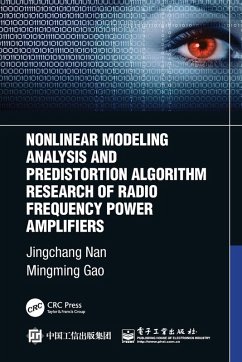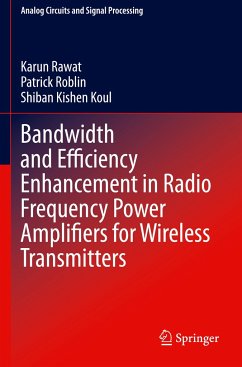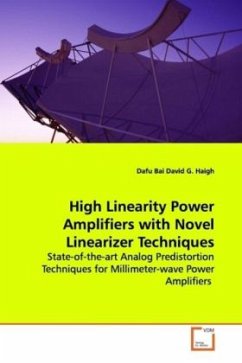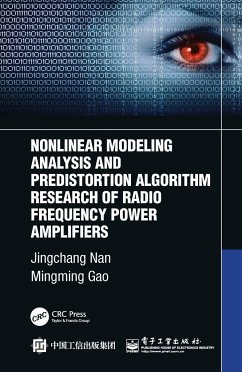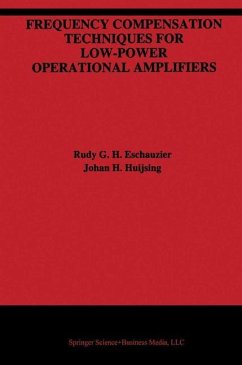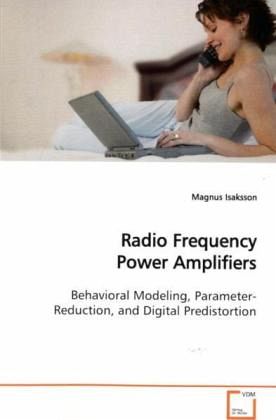
Radio Frequency Power Amplifiers
Behavioral Modeling, Parameter-Reduction, and Digital Predistortion
Versandkostenfrei!
Versandfertig in 6-10 Tagen
32,99 €
inkl. MwSt.

PAYBACK Punkte
16 °P sammeln!
This work considers behavioral modeling, parameter-reduction, and digital predistortion of radio frequency power amplifiers. Due to the use of modern digital modulation methods, contemporary power amplifiers are frequently subjected to signals characterized by considerable bandwidths and fast changing envelopes. As a result, traditional quasi-memoryless amplitude-to-amplitude (AM/AM) and amplitude-to-phase (AM/PM) characteristics are no longer sufficient to describe and model the behavior of power amplifiers; neither can they be successfully used for linearization. In addition to a complete re...
This work considers behavioral modeling, parameter-
reduction, and digital predistortion of radio
frequency power amplifiers. Due to the use of modern
digital modulation methods, contemporary power
amplifiers are frequently subjected to signals
characterized by considerable bandwidths and fast
changing envelopes. As a result, traditional quasi-
memoryless amplitude-to-amplitude (AM/AM) and
amplitude-to-phase (AM/PM) characteristics are no
longer sufficient to describe and model the behavior
of power amplifiers; neither can they be
successfully used for linearization. In addition to
a complete review of the subject, this book include
two novel behavioral radio frequency power amplifier
models, a method to measure and analyze Volterra
kernels along certain paths in the frequency domain,
and the conclusion that when designing a PA for use
with digital predistortion it is most important to
reduce the memory effects in the linear term since
these will have the most significant impact on the
inverse function.
reduction, and digital predistortion of radio
frequency power amplifiers. Due to the use of modern
digital modulation methods, contemporary power
amplifiers are frequently subjected to signals
characterized by considerable bandwidths and fast
changing envelopes. As a result, traditional quasi-
memoryless amplitude-to-amplitude (AM/AM) and
amplitude-to-phase (AM/PM) characteristics are no
longer sufficient to describe and model the behavior
of power amplifiers; neither can they be
successfully used for linearization. In addition to
a complete review of the subject, this book include
two novel behavioral radio frequency power amplifier
models, a method to measure and analyze Volterra
kernels along certain paths in the frequency domain,
and the conclusion that when designing a PA for use
with digital predistortion it is most important to
reduce the memory effects in the linear term since
these will have the most significant impact on the
inverse function.



